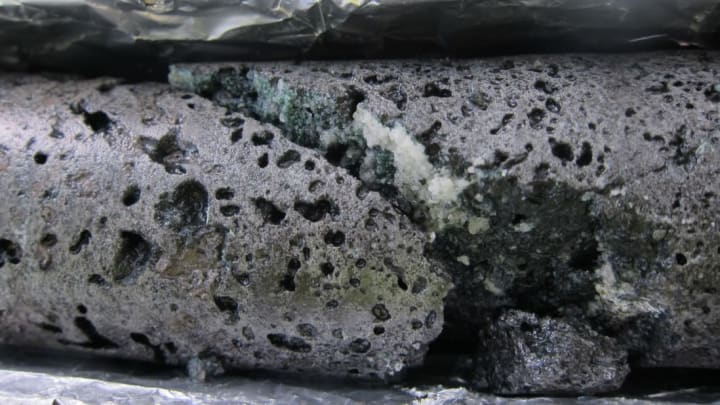Iceland's Hellisheidi power plant, located about 15 miles outside Reykjavik, is one of the largest geothermal power plants in the world, producing energy for half of Iceland's population through superheated steam.
"Though it sounds like a very green source of energy, they're still emitting CO2," Martin Shute, a hydrologist at Columbia University's Lamont-Doherty Earth Observatory, says in the video below. "That is because CO2 and other gases are dissolved in the water that comes from the subsurface. It's in the steam that's being released into the atmosphere."
Though Hellisheidi emits only 5 percent of the CO2 produced by fossil fuel–powered plants, Iceland wants to make it even greener by returning the CO2 to where it came from—and keeping it there.
CarbFix is a project founded in 2007 by Reykjavik Energy (which operates the plant through a subsidiary called On Power), the University of Iceland, France's National Center for Scientific Research, and Columbia University to advance the still-emerging technology of carbon capture and storage (CCS).
Their innovative take on CCS involves injecting the emissions from the plant—a mix of CO2, hydrogen sulfide, and other gases—into layers of volcanic basalt rock nearly a mile underground. (Most CCS methods, as Wired notes, involve putting the CO2 in enormous underground reservoirs left behind after oil or gas has been pumped out.)
The CO2 quickly reacts with the basalt, converts to carbonate, and is stored safely as a mineral underground. In one study, the researchers found that more than 95 percent of the CO2 mineralized to carbonate in less than two years.
Learn more about this promising technology in the video below.
